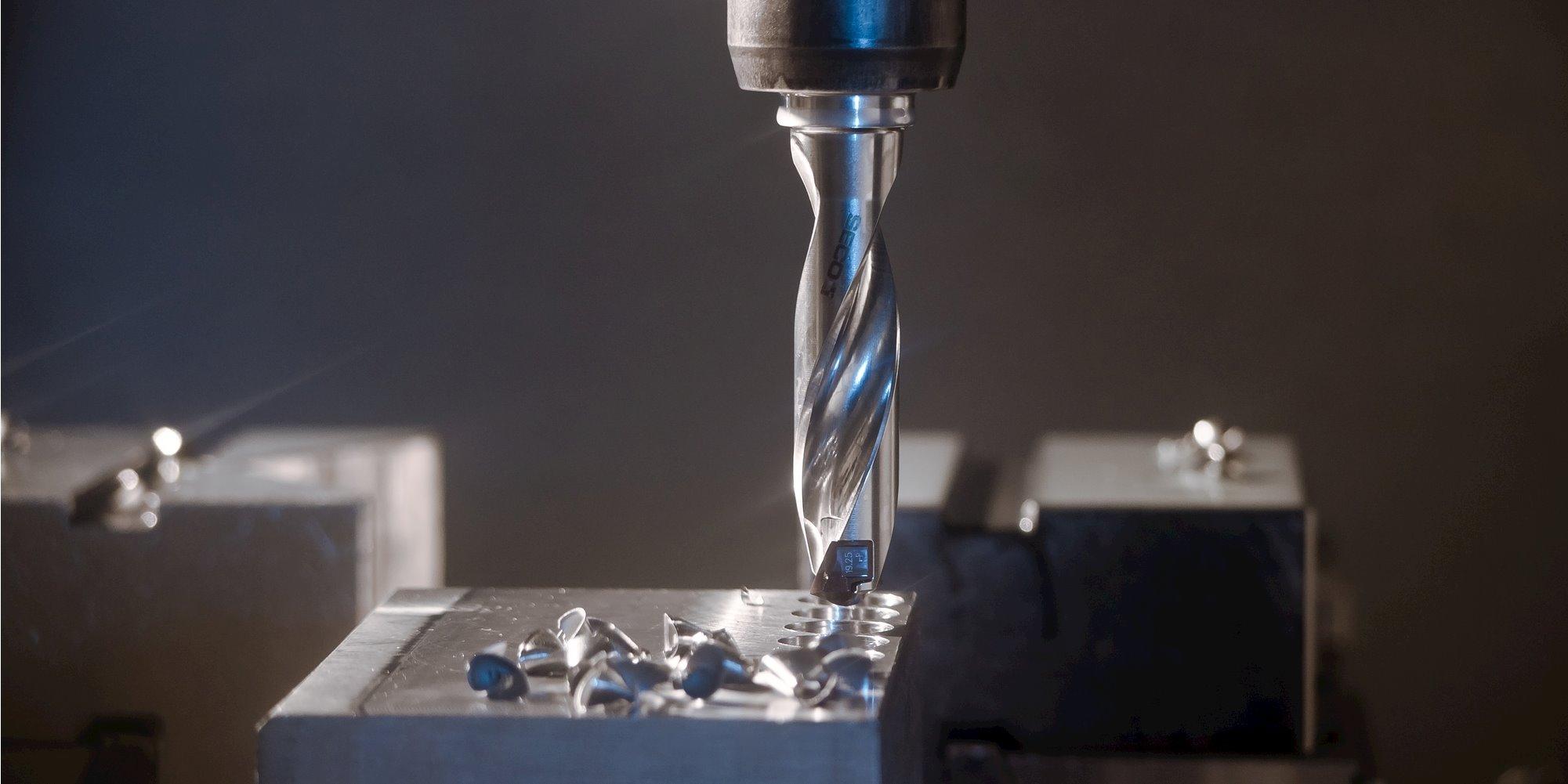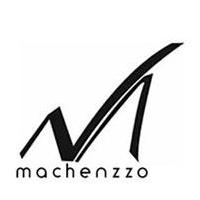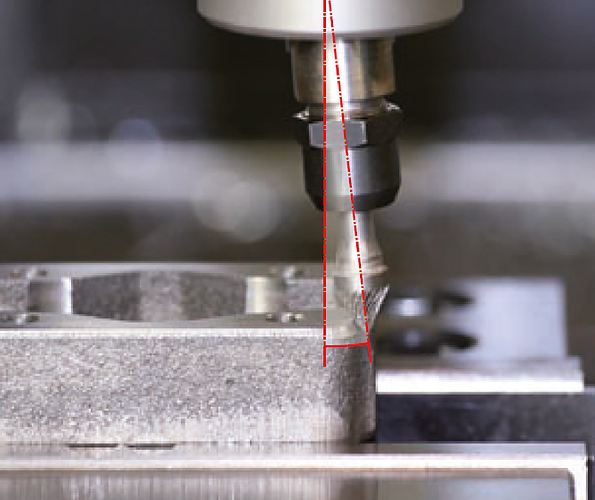Sponsored
Machenzzo, a partner you can tust for your cutting tool and abrasive needs. Be it a simple turning operation or your most complicated twist control/twist free gear profile grinding operation, we have an optimal solution for you. They include gear dressers, Front and Back chamfering tools, specialized expertise tooling for Swiss-style sliding head lathe machines, solid carbide thread mills, CBN and Ceramic inserts for aerospace, hard parts and cast iron. They include CBN and Ceramic Milling inserts and turning inserts. Our expertise inlcudes cycle time reduction, CPC reduction, cost control, improving your Overall Equipment Effectiveness (OEE), and enhancing your Asset Utilization (AU) rate. Our basket of solutions includes more than 3 million SKUs across 10 broad category ranges sourced from 20 carefully chosen suppliers with niche expertise, who are based in 12 different countries.
Recent Updates
- A back deburring tool, also known as a back deburr tool, is a cutting tool used in machining processes to remove burrs and sharp edges from the backside of a workpiece, particularly in bores or internal features. Burrs are unwanted raised edges or rough areas that can be left behind after machining operations. Back deburring tools are designed to access and clean up the back surfaces of drilled, milled, or turned holes. Here are some key aspects of back deburring tools:
Extended Reach: Back deburring tools are often designed with an extended reach to access the backside of deep holes or bores.
Various Shapes and Sizes: These tools come in different shapes and sizes to accommodate various workpiece geometries.
Cutting Edges: Back deburring tools typically have cutting edges, such as blades or inserts, that engage with the burrs on the backside of the workpiece.
Rotational Motion: They are often used in conjunction with rotating machinery, such as lathes or CNC machining centers, to achieve the necessary cutting motion.
Materials:
Tool Materials: Back deburring tools are commonly made from materials like high-speed steel (HSS) or carbide, depending on the application requirements and the materials being machined.
Applications:
Hole Deburring: The primary application of back deburring tools is to remove burrs from the backside of holes, especially in situations where access from the front side is limited.
Internal Features: They can be used for deburring internal features, such as grooves or channels, where conventional deburring tools may not reach.
Toolholder Compatibility:
Toolholder Types: Back deburring tools may be designed for specific toolholder types, such as those compatible with standard toolholder systems like Morse taper or collet chucks.
Manual and Automated Operation:
Handheld or Machine-Mounted: Some back deburring tools are designed for handheld use, allowing operators to manually deburr workpieces. Others can be mounted on machining centers for automated deburring.
Adjustability:
Adjustable Tools: Some back deburring tools offer adjustability in terms of cutting depth, allowing operators to control the amount of material being removed.
Safety Considerations:
Proper Handling: Operators should follow safety guidelines and wear appropriate personal protective equipment when using back deburring tools.
Secure Clamping: Ensure secure clamping of the tool to prevent any vibrations or movement during the deburring process.
As with any cutting tool, the selection of a back deburring tool should consider the specific machining application, workpiece material, and the type of machining equipment being used. Proper tool setup, maintenance, and adherence to safety practices are essential for achieving effective and safe deburring results.A back deburring tool, also known as a back deburr tool, is a cutting tool used in machining processes to remove burrs and sharp edges from the backside of a workpiece, particularly in bores or internal features. Burrs are unwanted raised edges or rough areas that can be left behind after machining operations. Back deburring tools are designed to access and clean up the back surfaces of drilled, milled, or turned holes. Here are some key aspects of back deburring tools: Extended Reach: Back deburring tools are often designed with an extended reach to access the backside of deep holes or bores. Various Shapes and Sizes: These tools come in different shapes and sizes to accommodate various workpiece geometries. Cutting Edges: Back deburring tools typically have cutting edges, such as blades or inserts, that engage with the burrs on the backside of the workpiece. Rotational Motion: They are often used in conjunction with rotating machinery, such as lathes or CNC machining centers, to achieve the necessary cutting motion. Materials: Tool Materials: Back deburring tools are commonly made from materials like high-speed steel (HSS) or carbide, depending on the application requirements and the materials being machined. Applications: Hole Deburring: The primary application of back deburring tools is to remove burrs from the backside of holes, especially in situations where access from the front side is limited. Internal Features: They can be used for deburring internal features, such as grooves or channels, where conventional deburring tools may not reach. Toolholder Compatibility: Toolholder Types: Back deburring tools may be designed for specific toolholder types, such as those compatible with standard toolholder systems like Morse taper or collet chucks. Manual and Automated Operation: Handheld or Machine-Mounted: Some back deburring tools are designed for handheld use, allowing operators to manually deburr workpieces. Others can be mounted on machining centers for automated deburring. Adjustability: Adjustable Tools: Some back deburring tools offer adjustability in terms of cutting depth, allowing operators to control the amount of material being removed. Safety Considerations: Proper Handling: Operators should follow safety guidelines and wear appropriate personal protective equipment when using back deburring tools. Secure Clamping: Ensure secure clamping of the tool to prevent any vibrations or movement during the deburring process. As with any cutting tool, the selection of a back deburring tool should consider the specific machining application, workpiece material, and the type of machining equipment being used. Proper tool setup, maintenance, and adherence to safety practices are essential for achieving effective and safe deburring results.0 Comments 0 Shares1Please log in to like, share and comment! - ceramic InsertsIndiaOtherOur premium ceramic grades ensure higher productivity. All of the grades show superior high temperature hardness, heat resistance and chemical stability. We offer many types of ceramic cutting tool materials (silicon nitride-based, alumina-based and whisker-based) in a variety of geometries to meet customer demands.
https://machenzzo.com/insertsOur premium ceramic grades ensure higher productivity. All of the grades show superior high temperature hardness, heat resistance and chemical stability. We offer many types of ceramic cutting tool materials (silicon nitride-based, alumina-based and whisker-based) in a variety of geometries to meet customer demands. https://machenzzo.com/insertsTypeNewPrice99₹ (INR)StatusIn stock0 Comments 0 Shares1 - Premium Quality Ceramic Inserts | Cutting tools Suppliers | MachenzzoOur premium ceramic inserts grades ensure higher productivity. All of the grades show superior high temperature hardness, heat resistance and chemical stability. We offer many types of ceramic cutting tool materials (silicon nitride-based, alumina-based and whisker-based) in a variety of geometries to meet customer demands.0 Comments 0 Shares1
-
-
More Stories
Sponsored





